Event Summary
Senior Living 2022 | Photos and summary
The growing senior living sector, the pros and cons of intergenerational life, and whether ‘the bungalow is dead’ made for strong debate at the first Place North West event of 2022.
The event was held at the Science and Industry Museum in Manchester, and was sponsored by JMW Solicitors. It was chaired by Julia Hatmaker, deputy editor of Place North West.
Scroll down to see photos from the event.
Presentation – Anchor
The first presentation was from Charles Taylor, director of new business for Anchor.
He outlined how Anchor is now the largest provider of residential care settings in the country, with around 1,700 sites, working with more than 85% of local councils in England.
Anchor is aiming to create 5,700 homes by 2031 with the mix split into thirds – affordable rent, shared ownership and home ownership. The company also works in partnerships to accommodate the care needs of its owners and tenants.
Taylor talked about ‘clustering’ in terms of the areas the company has properties. Cornwall’s access issues and the expense of London, for example, have an effect: “There are lots of parts of the country we don’t build in – we focus on key development areas, like the North West, Liverpool and Manchester.”
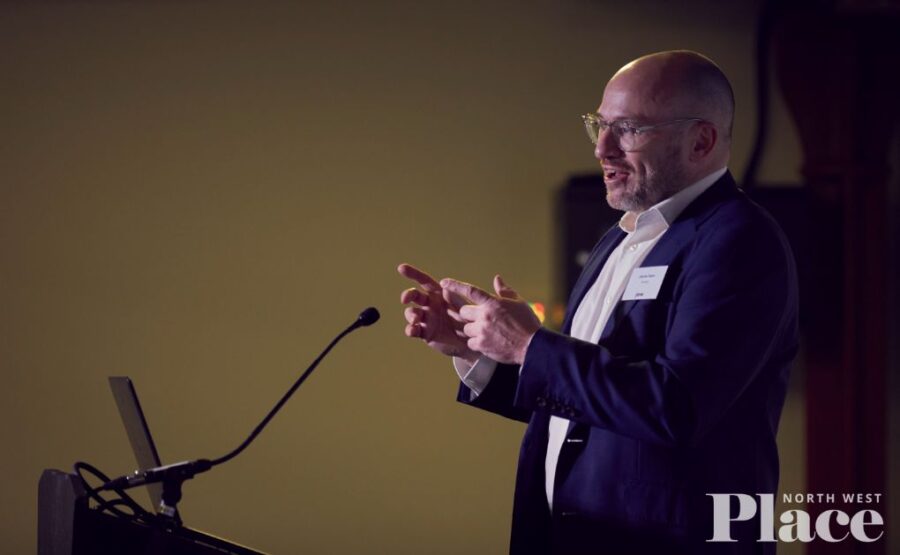
Charles Taylor spoke about Anchor’s LGBT+ extra-care scheme in Manchester at the event. Credit: Place North West
He also detailed some of the features they are working into new developments, using a brownfield site in Kent as an example – external balconies, lots of windows, parking and a location in the middle of town.
“It’s about understanding the customer profile,” he added.
He also talked about Anchor’s partnership with another senior living developer, McCarthy Stone: “The customer profile for us is middle market – that’s not the same profile as McCarthy Stone, so that’s really good for us.”
One exciting new development for Anchor is the creation of an LGBT+ scheme in Manchester, which will be the first of its kind in the country. It will be on the 2.21-acre site of the former Spire Hospital at Whalley Range. The planning application is due to be lodged in May, with work starting on site in 2023. It follows a survey by the LGBT Foundation which said 89% of this community wanted more supported housing options.
In terms of Anchor’s priorities for 2022, there will be more partnership developments with McCarthy Stone, the results of an All-Party Parliamentary Group (APPG) report into shared ownership, and a strong focus on sustainability. And there is continuing dialogue with local authorities. Taylor added: “Getting things through planning is very challenging, even as an affordable provider.”
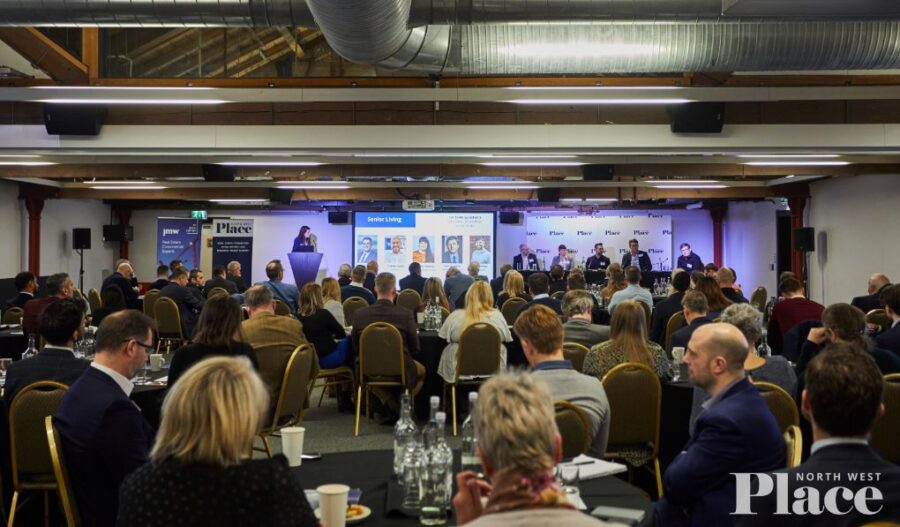
The first panel was focused on the challenges of residential projects aimed towards later living demographics. Credit: Place North West
Panel – Retirement living and care homes
- Charles Taylor, director of new business, Anchor
- Thomas Pearson, partner, JMW Solicitors
- Ian Mellor, later living associate, Pozzoni
- Amanda Newton, executive director – customer insight, Livv Housing Group
- Paul McGarry, associate director, Greater Manchester Ageing Hub
The first panel discussion focused on retirement living and care homes and Julia Hatmaker began by asking Amanda Newton to define the terminology used.
“We use these terms interchangeably,” said Newton. “I think extra-care is a really important response to the needs and aspirations of a growing older population. It’s age-friendly housing that’s really an integral part of lifetime neighbourhoods. I’m also a huge fan of intergenerational living. Fundamentally, extra-care is self-contained homes, and the occupants have security of tenure.
“A care home is a small institution providing accommodation and care for people who are unable to look after themselves. I’ve written ‘live independently’, because ‘look after themselves is stark’, but basically it’s personalised care in a residential setting.
“We then get into assisted living, designed for people who need help in their everyday lives, but don’t need specialist nursing care. Then we also have supported housing, so supported living, and that, for me, is accommodation provided alongside support, supervision and care, regardless of age.”
The conversation then turned to demand and Thomas Pearson said: “Back in 2016, we had about one and a half million people who were over 85. If you extrapolate that forward to 2041, you’re looking at three million people. The demand is definitely there and it’s pleasing to hear that people are looking at different ways that that can be delivered. It’s having a variety to meet the market.”
Paul McGarry added: “It’s important to think about three or four critical things. We’re all going to have to pay more, either through taxation, through our own pensions, or through different forms of funding for later life living. There’s been a lot of cross-governmental strategy around this issue that brings together health care, planning, public health and other things. The other thing that we’ve done is establish a new innovation partnership in Greater Manchester, so bringing together government departments, the private sector, and public sector to try and work out how we can take advantage of something we called the longevity dividend – the fact that increasing amounts of wealth of the next generation is going to be in the hands and pockets and bank accounts of older people.”
Pearson added: “The new way of going forward is more specific and targeted communities, kind of like the LGBT scheme, looking for a specific demographic and catering more to them rather than trying a one-size-fits-all approach.”
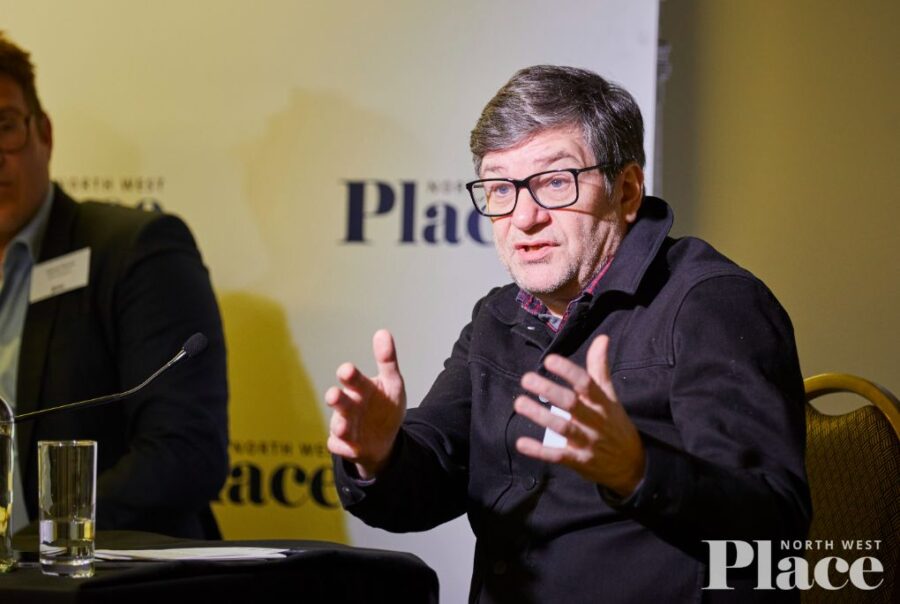
Paul McGarry: ‘There’s been a lot of cross-governmental strategy around [later living] that brings together health care, planning, public health and other things.’ Credit: Place North West
Ian Mellor said: “It’s about being in neighbourhoods where people want to live. These need to be visible schemes, so people can see them, access them, interact with them, and promote that kind of connectivity. We don’t want to be pushing people into retreating into inactivity – we want to make sure that people are part of a community.”
Newton added: “Extra care is quite rare compared to the rest of the housing stock. I think there’s a lot to do to increase supply, integrate these homes better into communities, and bring them up to aspirational level where people see it not as a place where they end up but where they want to go.”
In terms of sustainability, Mellor talked about energy sources, building fabric, maintenance and reducing the impact of running an older building. He added: “The technology is going to get better and keep improving.”
Newton added: “If you fit all of this new technology into a new building, and people don’t understand how to use it, and don’t use it, it can actually make their lives worse and we can’t do that to people to make a net zero carbon box.”
Newton is a big fan of intergenerational living, gently using the term ‘grey ghettos’ to describe something to be avoided. She said: “This is about integration, and people being able to continue to live together, albeit that they move out of their three-bedroom home and into a one-bedroom apartment in an extra care scheme, and making those aspects of the community come together.”
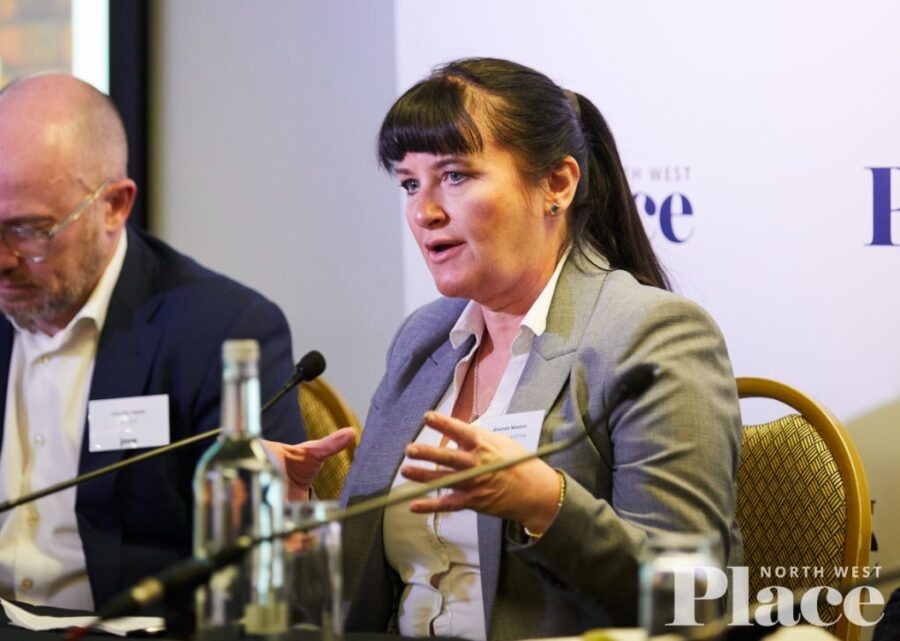
Amanda Newton argued that education is key when it comes to helping later living projects more eco-friendly. Credit: Place North West
McGarry made the point that many in the room may think a ‘retirement community’ sounds horrendous but that things were really changing. He added: “What would it feel like to be 70 and living in the city centre, in a place that had a gym and allotments and so on?”
Regarding mid-market opportunities, Charles Taylor said: “It’s a massive group of people who are rattling around in their properties. We can get them out of their inadequate housing. And, don’t forget, we then free up a house, probably releasing homes on the first or second ladder of the property market. So every time you build a new property to sell, you’re freeing up another property.”
Mellor added: “It’s trying to get people comfortable with the idea that it’s not a bad move, you’re not giving up your house. They can still keep the doctors, go to the dentist, the familiar things around them are still there. Actually what happens is sometimes you become isolated because you’ve got to keep your house, you’ve got to heat your house, you’ve got to maintain the house. That then takes you out of the community because you’ve got that financial burden and you don’t feel safe, because of frailty or issues of getting around. We need to encourage them that these are environments that allow you to be more active, to remain active, to contribute.”
Newton agreed: “It’s about selling the aspiration and really encouraging people to not see it as moving out of something, but into something different.”
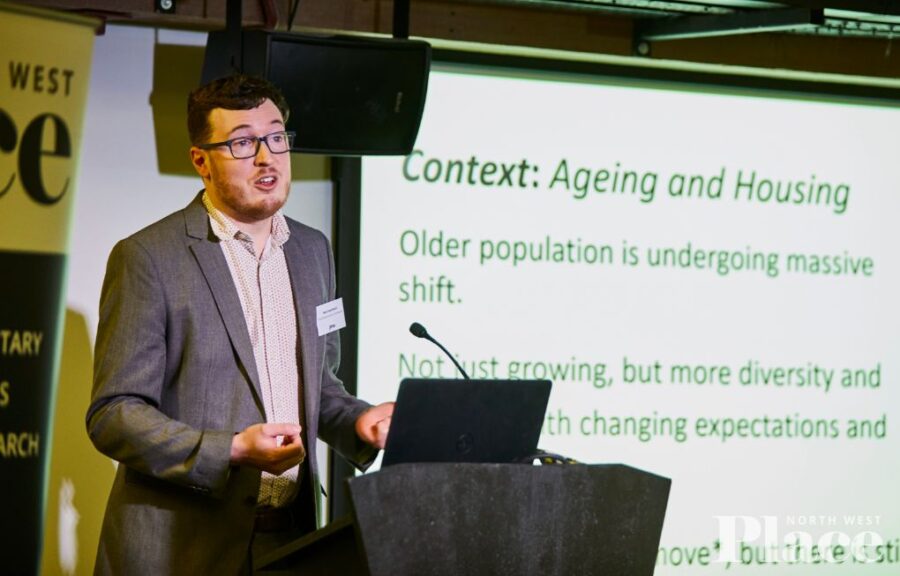
Mark Hammond is the co-author of ‘Design for Life: Urban practices for an age-friendly city”. Credit: Place North West
Presentation – ‘Design for Life’
The second presentation was from Mark Hammond, senior lecturer at Manchester School of Architecture and co-author of the Design for Life: Urban practices for an age-friendly city guide.
He described a survey that questioned people on whether they preferred to move, or preferred to stay. It revealed 50% said nothing was stopping them from moving, but ‘not just yet’, while 50% said there were issues, such as the type of house in the area they wanted, none of the right tenure, or that they didn’t have the equity. It also showed some were forced to move by crisis situations, such as divorce or precarious employment, or because they were in the private rental sector and unable to afford rising rents. He also said they were ‘not seeing this big drift from detached homes into apartments’.
He said: “We see that older people are a really diverse and complicated group. There is a history of seeing older people as a problem that needs fixing.
“Embrace all of the complexity of later life. Provide opportunities for them to have a say.
“The LGBT+ scheme mentioned earlier is a great example of this. This is a developer and a local authority, third sector and a group of residents and, eventually, architects and the officials, coming together. That’s hugely exciting.”
He also delved into the issue of intergenerational living, using an architectural project on the outskirts of New York as an example.
He said: “This subverts the understanding of an intergenerational house – for example, as an annex that will give them the space to convert to a gym in 20 years’ time.
“This is the exact opposite. The best space in the house is the grandparent space. The matriarch gets the access to the garden, the best kitchen. She’s the one with the big dining room for 10 people – instead of the dynamic that she goes to her children’s house. She has ownership over the commonality side of things.
“It’s not something being led by the market. It’s often individuals.”
He also showcased the Newcastle Helix project which was started by Professor Rose Gilroy who worked with the gerontology sector, among others, after becoming frustrated with the pace of new ideas for affordable housing and better tech.
Hammond said: “Basically, Rose got bored of talking about it so she developed this consortium. They started from this blank canvas and this building is part of a community and is a testbed for ideas and technologies.”
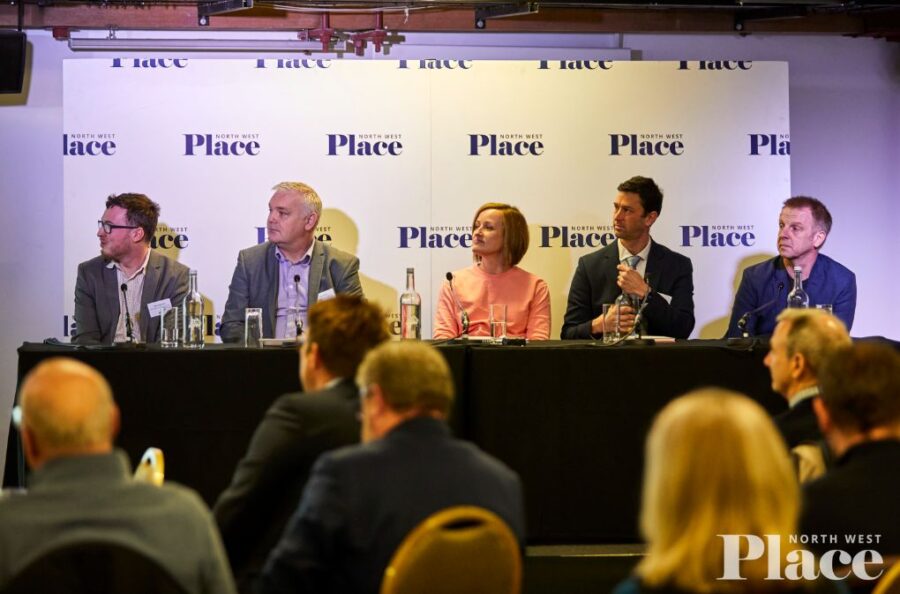
From left: Manchester School of Architecture’s Mark Hammond, Anwyl Partnerships’ Mike Nevitt, Levitt Bernstein’s Gillian Harrison, Nexus Planning’s Tim Spencer, and Civic Projects’ Marcus Fisher. Credit: Place North West
Panel – Age-inclusive communities
- Mike Nevitt, managing director, Anwyl Partnerships
- Gillian Harrison, senior associate, Levitt Bernstein
- Mark Hammond, senior lecturer, Manchester School of Architecture
- Tim Spencer, later living expert, Nexus Planning
- Marcus Fisher, director, Civic Projects
Mark Hammond started the second panel debate with a question about how we need to look at seniors not as a ‘patient’, but as a ‘citizen’.
He said: “It’s beholden on all of us to continue engaging with older people and their changing needs. For example, we’re seeing these different dynamics which have emerged even in the last five years around ethnic diversity. All the previous research we’ve done, ethnicity hasn’t really been a big part of it, but we know that in the next 10 years it’s going to be really critical. How, through the design and delivery schemes, can we address these changing characteristics in a really positive way?”
Gillian Harrison said: “We bring our own biases so the real way to do it is to ask the people who are going to live there. Sometimes that’s more difficult if you’re trying to create demand – you don’t know who that community is yet, but sometimes it’s much easier if you’re working with a housing association, who might have.”
In terms of consultation, Mike Nevitt added: “We’re just in the process of reconstructing a development that burned down and we’re listening to the community. What was it like before? So when we’re redesigning it we’re actually fixing the problems that they had before.”
Hatmaker mentioned a development in Runcorn which has allotments as part of its amenities and Tim Spencer said: “The important driver behind this is to create an enabling environment that generates activity, gets people out of their apartments and gets them interacting with each other, getting exercise, socialising, growing their own food. It’s an incredibly important thing to bring that element within senior living accommodation. It’s sort of a silver bullet that if you get people active, engaging socially, you’re starting to address some of the really critical issues of the onset of dementia and frailty.”
Marcus Fisher added: “You’re trying to put yourselves in the shoes of older people and it’s no different to people in general society. Older people are just like everyone else, there’s a broad range of needs. There needs to be more, talking and learning from other people.”
In terms of those lessons, he added: “It’s just a good quality home that people want, whether you’re old or young. No one model fits all neighbourhoods or communities or societies. I think there’s really got to be a broad range.”
Spencer agreed and said: “We’ve got is to destigmatise retirement accommodation. A scheme we’ve been involved in is massively successful because people don’t identify with it as a retirement accommodation facility. It’s got a bistro at ground floor level. There’s no branding on the outside of the building that says ‘Sleepy Hollow retirement village’. Kids are dropped off at the school next door, and the mums come and have a coffee and the residents within that community really benefit from the interaction. The design has created the environment that people love to live in – a facility that doesn’t have the grab rails and that sort of beige infrastructure that goes along with it. This is just a fantastic contemporary environment.”
Harrison said: “I think there are an awful lot of specific design lessons that we’ve learned over the years. Does it feel like walking into a hotel? Or does it feel like walking into the doctor’s surgery?”
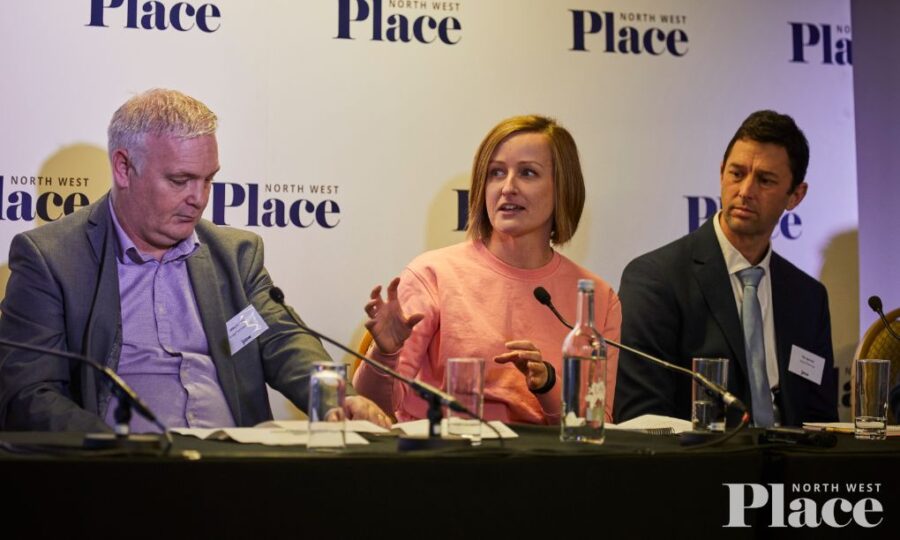
Gillian Harrison explained the role design can play in making senior living schemes more aspirational. Credit: Place North West
Hatmaker asked the panel about build to rent, and Harrison said there were many positive and negative factors which residents would be considering – and she identified one important factor: “Pets is a big one. One single factor that might stop you from moving home is if you can’t take your beloved dog with you.”
Hammond said having a say in the building management was another key factor: “They have some kind of agency over things like service charges and maintenance contracts. They wanted something where they could have a role in shaping their environment, protecting their investment, making sure it’s an environment where they will feel comfortable ageing.”
Moving on to the subject of care, Spencer said: “In the next 10 years, there’s simply not going to be sufficient care workers to provide accommodation to provide domiciliary in-house care. Half the local authorities in the UK don’t have senior living policies.”
Nevitt added, on the subject of councils: “What we’re finding when we’re speaking to a lot of planners is that they’ve hit the numbers on the local development plan. It’s not a moving target, they just stick to the numbers, and we need to change that.”

Marcus Fisher: ‘No one model fits all neighbourhoods or communities or societies.’ Credit: Place North West
The debate returned to intergenerational living – and a show of hands revealed only around a quarter of people in the room would live with their parents or in-laws. Harrison responded: “I think most people think ‘no’ is because what can you imagine as to how that scenario would work? Is it that your parents move in with you and compromise your lifestyle? What if what we’re talking about is a neighbourhood that has integrated housing and your parents live a stone’s throw away, but you don’t actually physically live in the same building? I think it’s about the options we haven’t explored yet.”
Fisher spoke out on the issue of country living. He said: “There’s very little mention of what happens in rural communities and smaller neighbourhoods. There are very few suitable homes and I think we need to look across a much broader range than just city centres and places where large developments work.”
And as for the question of whether the bungalow is dead – the answer was no, though there seemed to be a general consensus that it could be on the way out, but not until the stigma around ‘retirement communities’ has gone.
Nevitt said: “We’ve looked at the statistics of bungalows that we’ve constructed over the past 10 years, and within five years they’ve been sold, and people have moved on. Now we can see it’s just they don’t want to go to that extra care facility – it’s just a stepping stone.”
Spencer added: “There’s always going to be a demand for them and they have been generating very good returns on investment. People are looking for something a little bit different, but the bungalow is not the solution.”
Asked what the main area developers should focus on when creating age-inclusive communities, Hammond’s response was ‘engagement’, while Nevitt said ‘funding’. Harrison’s practical answer was ‘fixing pedestrian environments’, and Fisher said ‘removing the mystery’ and the idea that current sheltered housing is the only option. Meanwhile, Spencer ended with a book recommendation for everyone working in the sector – The Thursday Murder Club by Richard Osman: “It really does engage with the issues that elderly people have in living these communities and the benefits that these communities have.”
The presentation slides can be accessed below:
Charles Taylor, Anchor
Mark Hammond, Manchester School of Architecture
The next Place North West event is Lancashire Development Update on 10 February. Tickets are currently on sale for the in-person event.
Click any image to launch the gallery
Story by Suzanne Elsworth for Place North West.


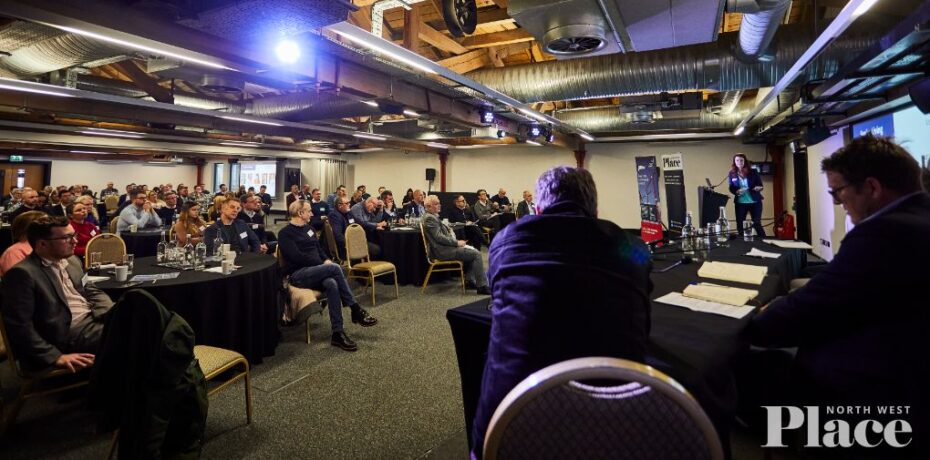
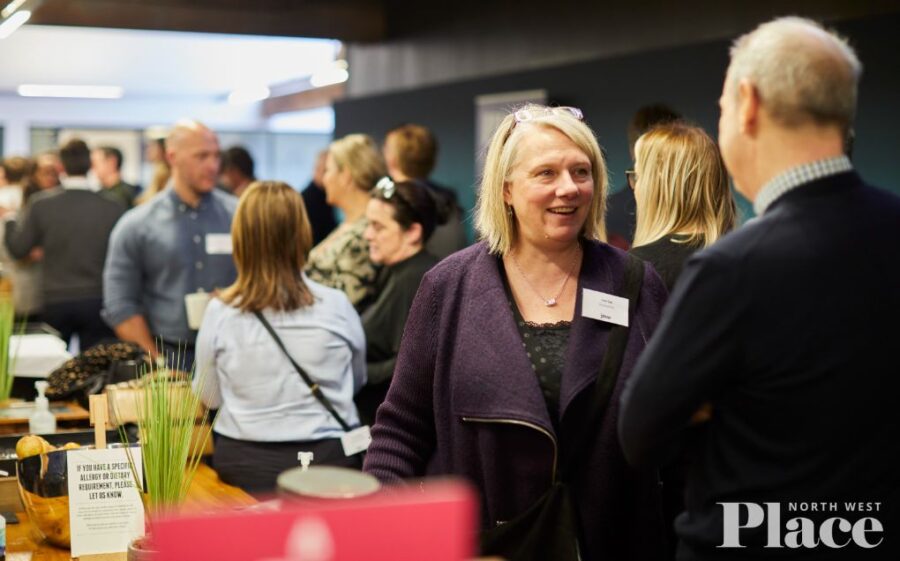








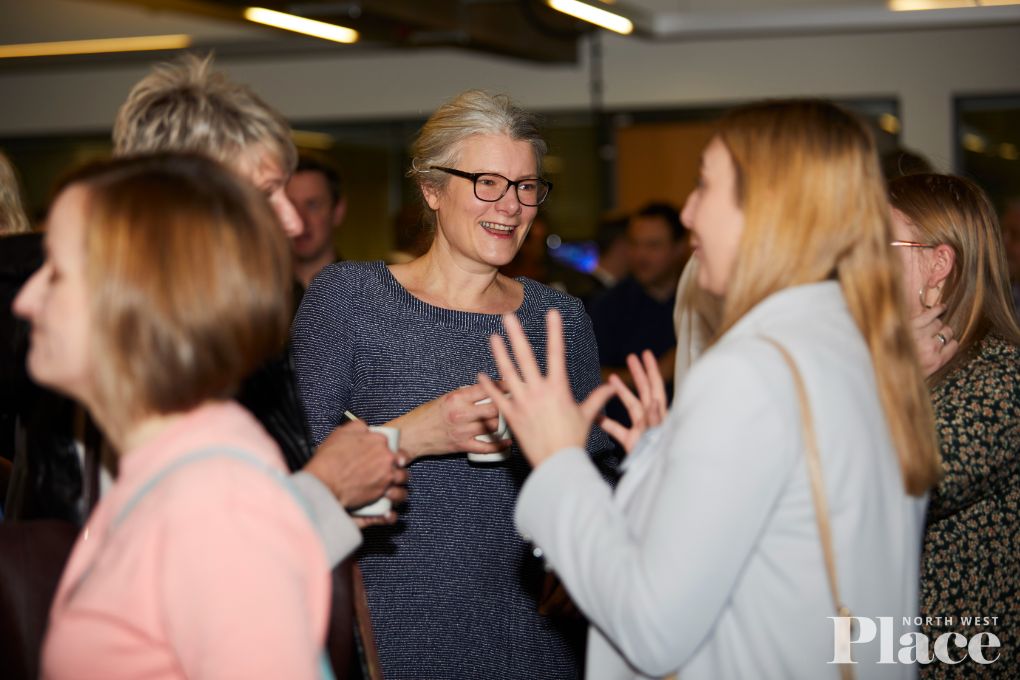
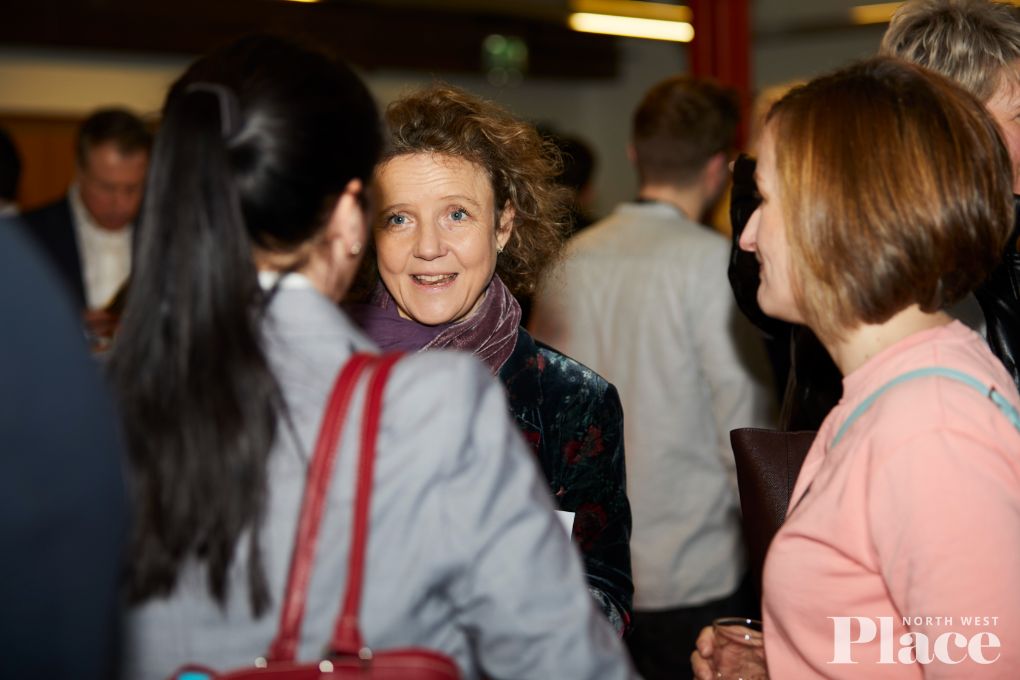

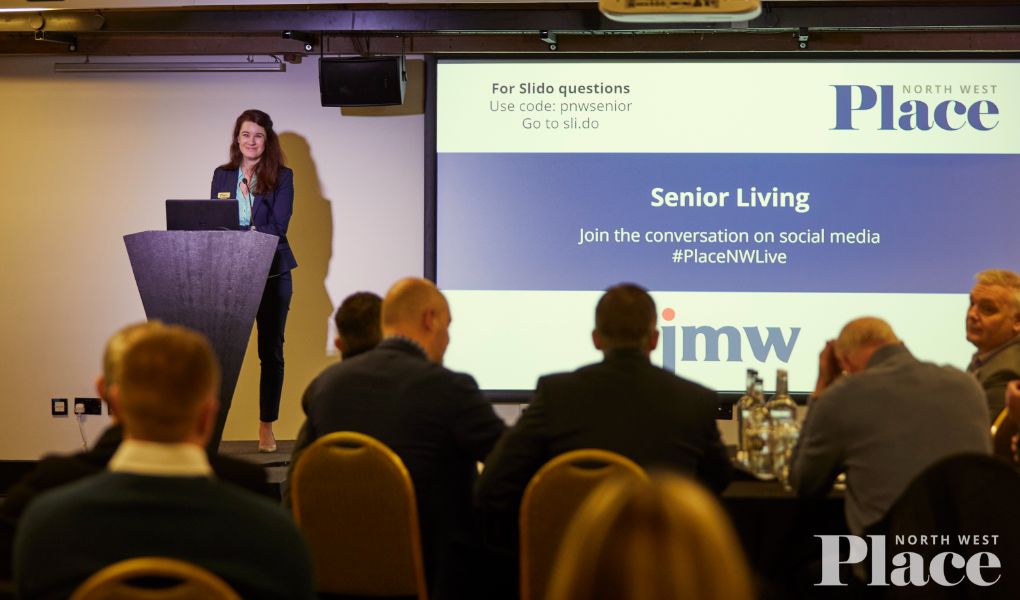
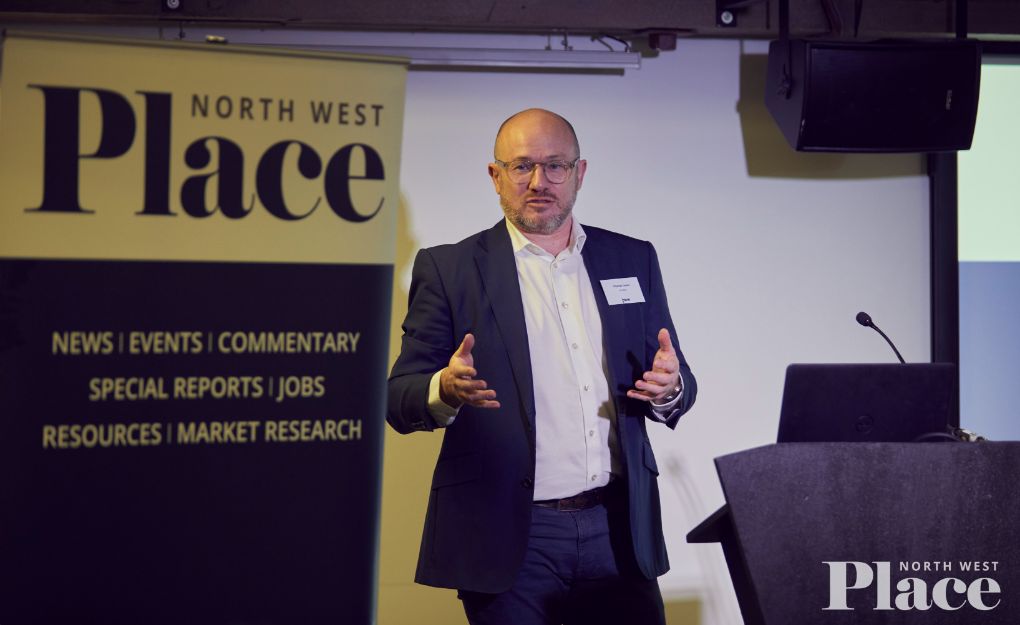
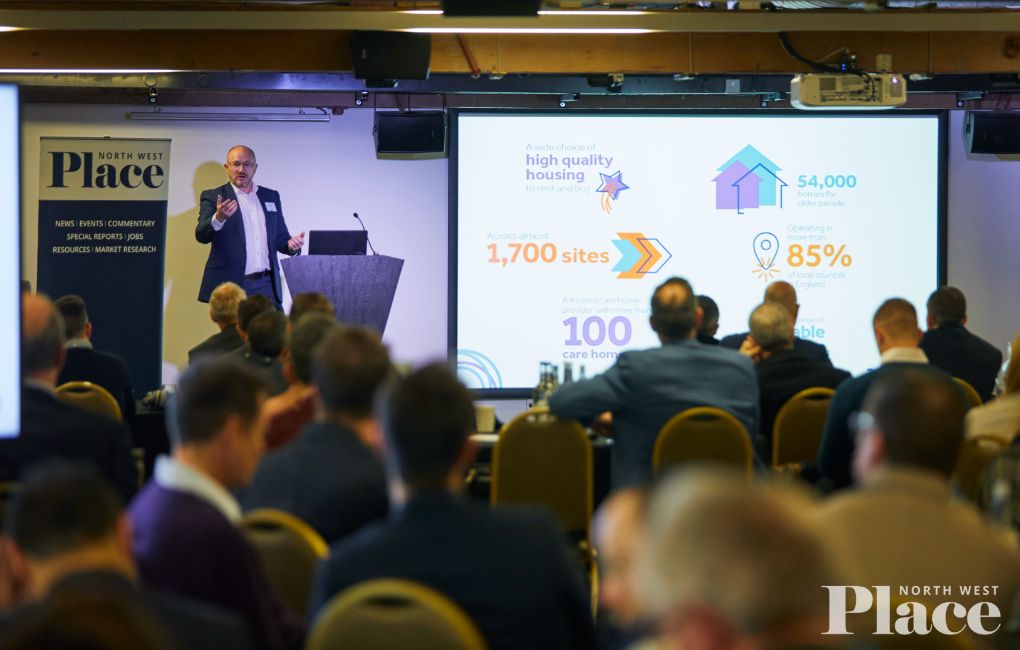
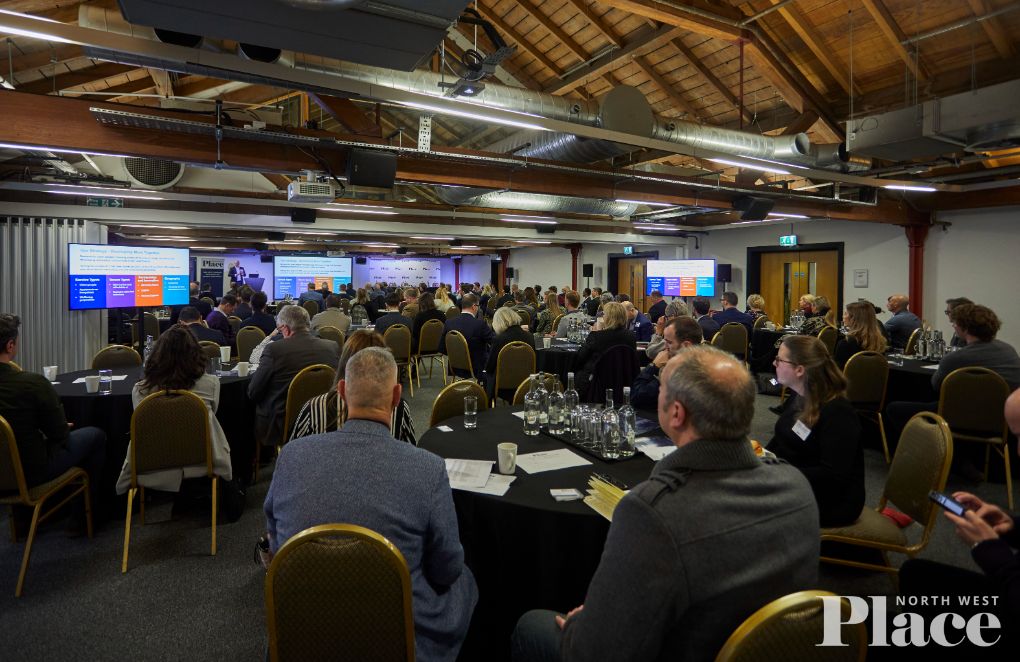



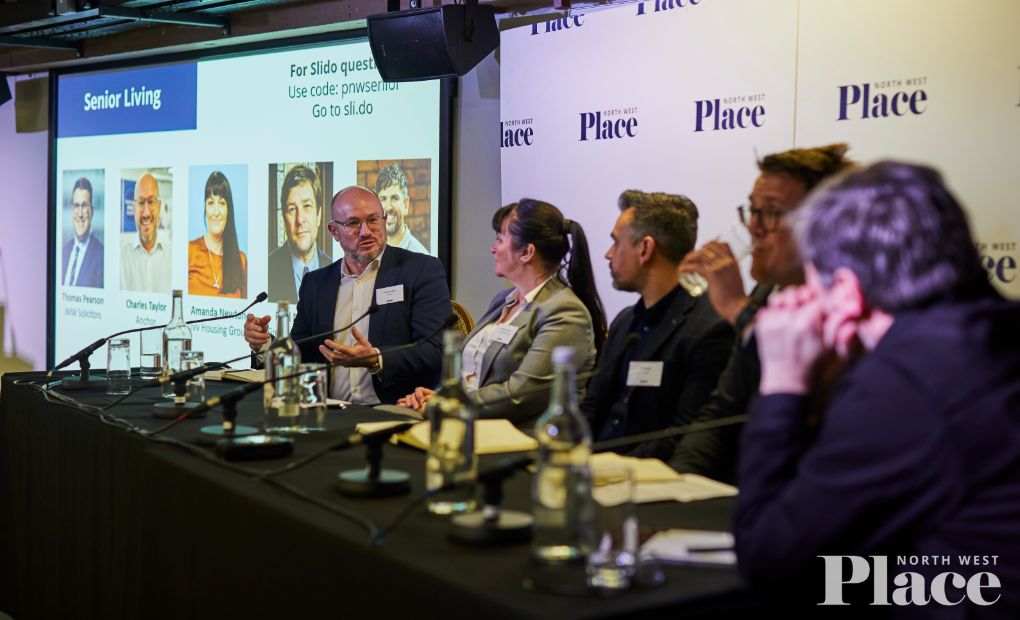
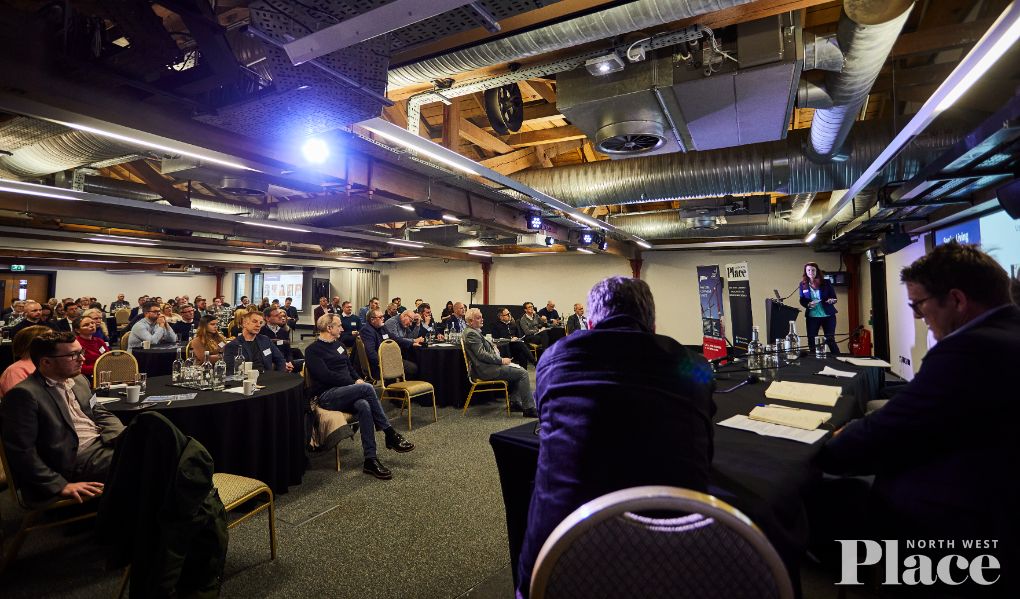
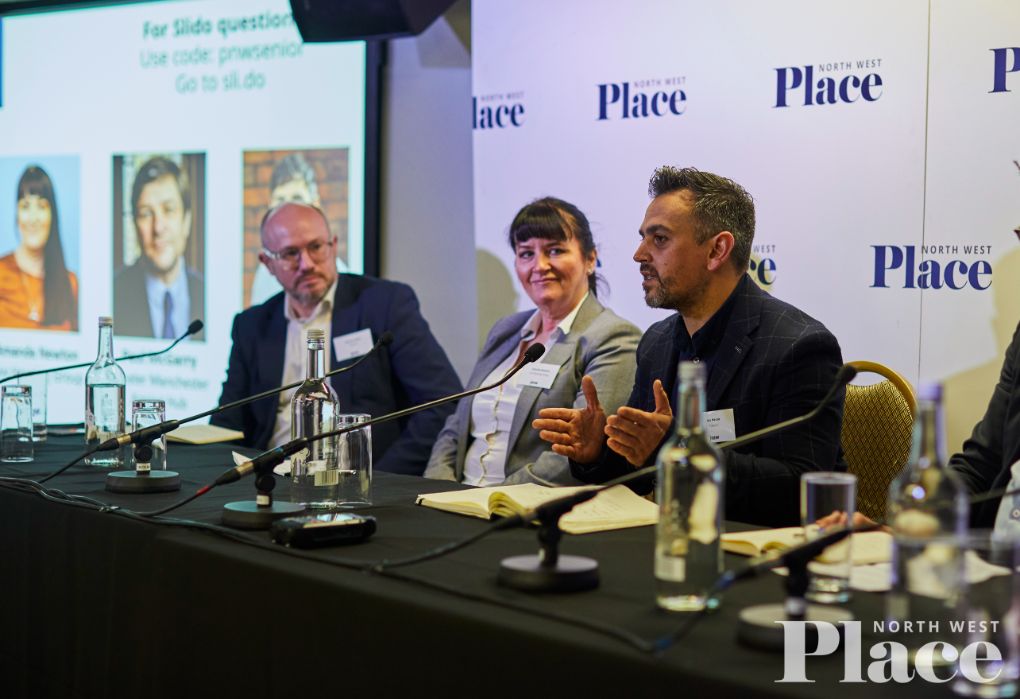
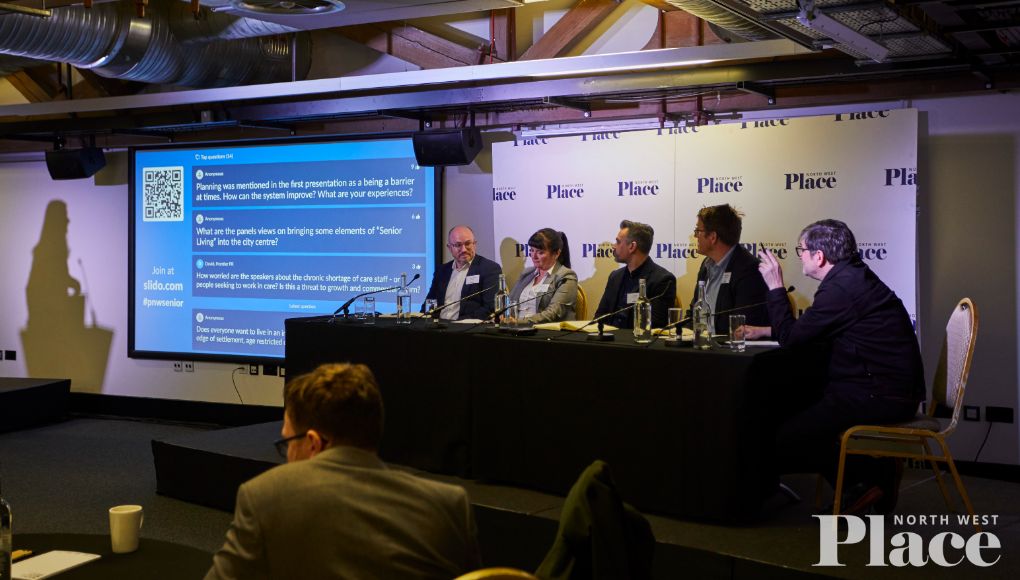

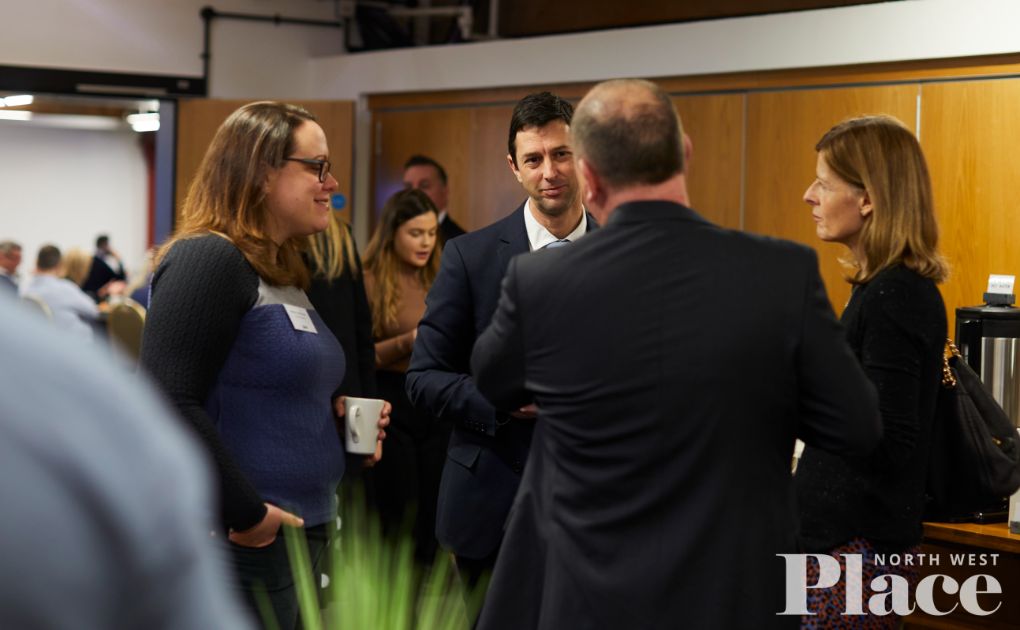
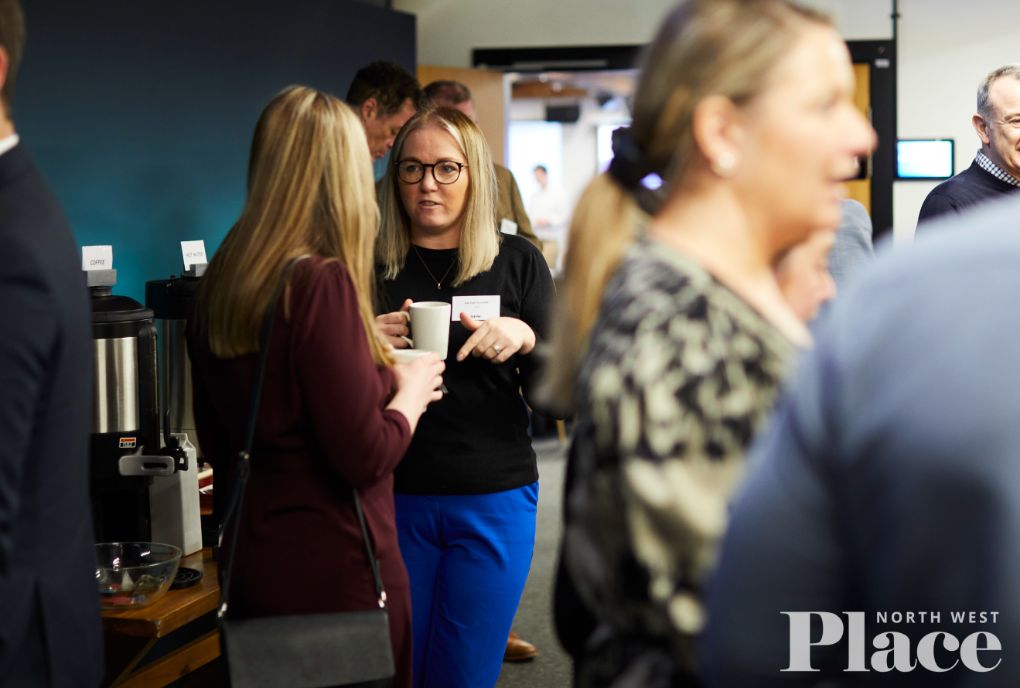
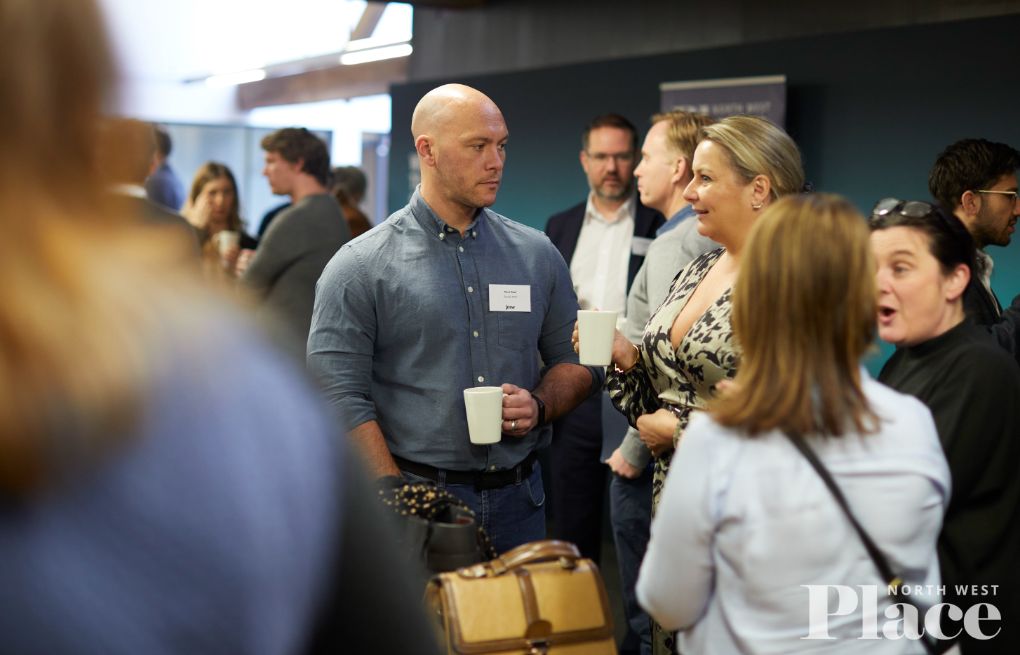
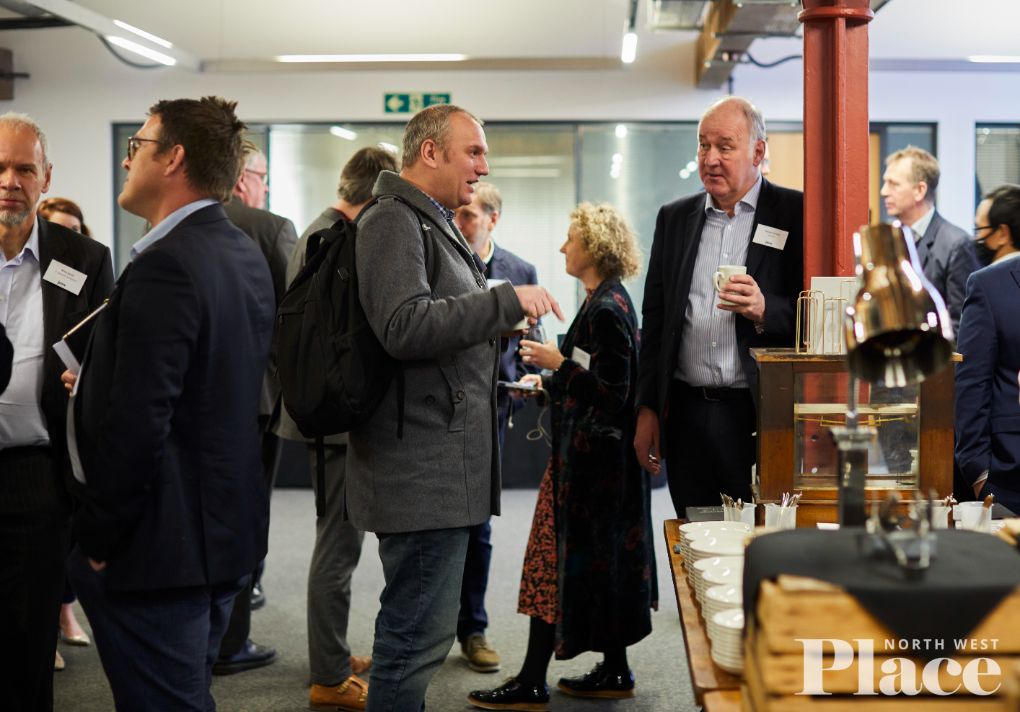



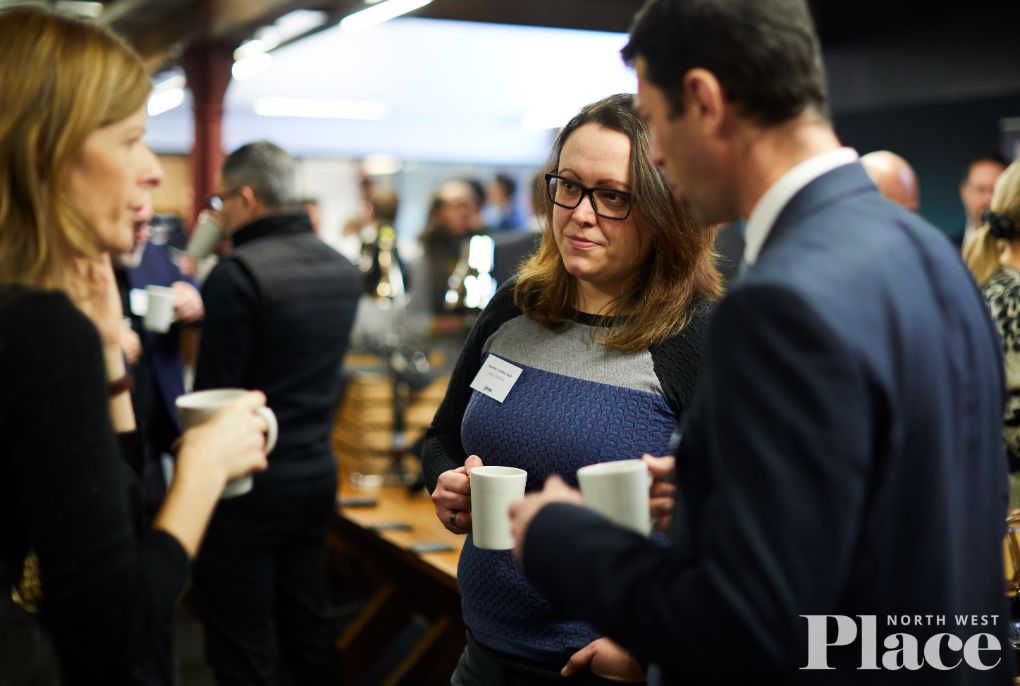
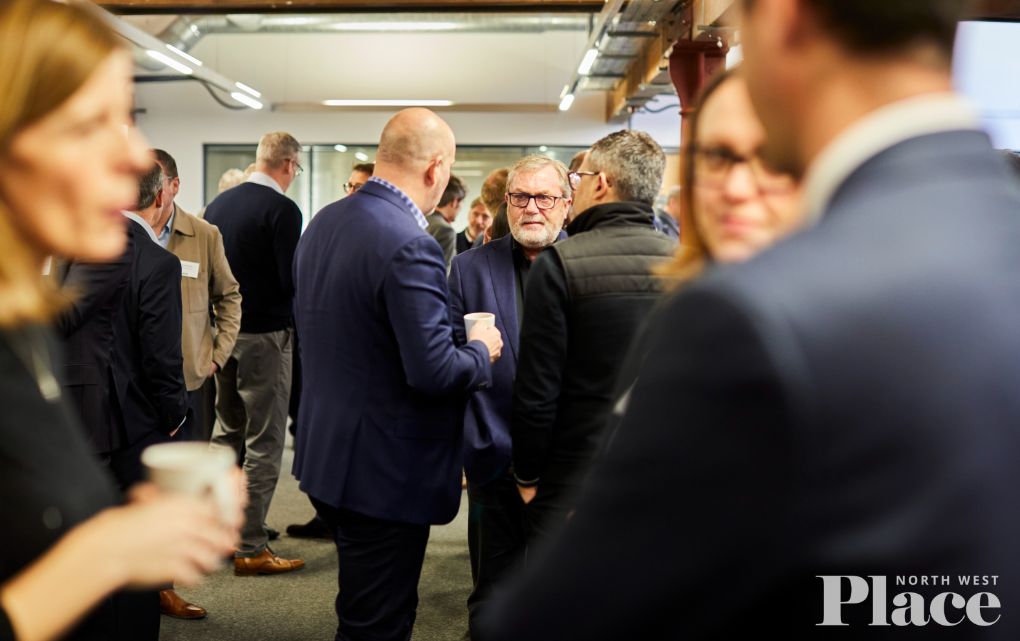

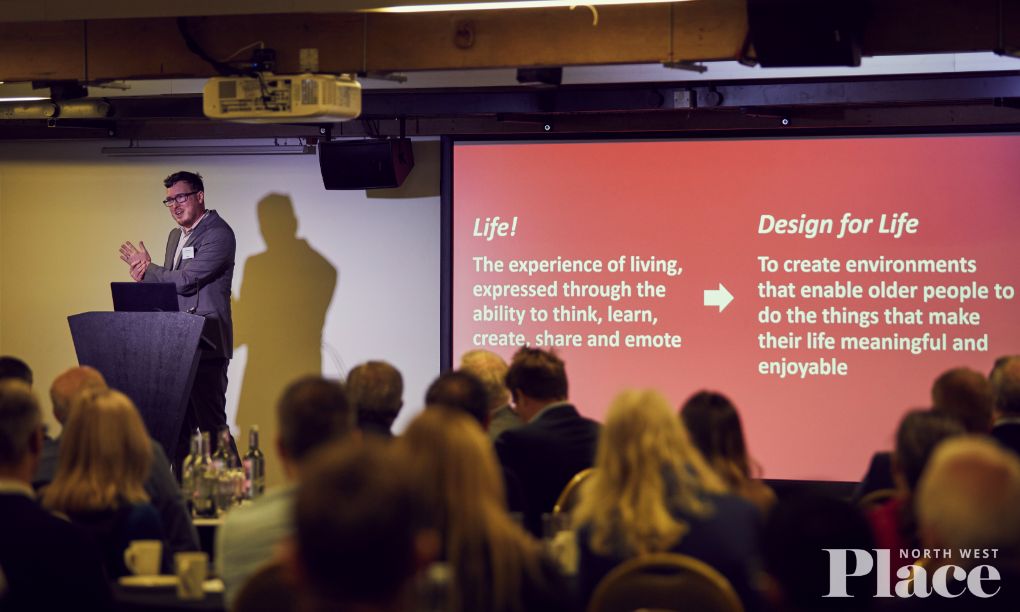
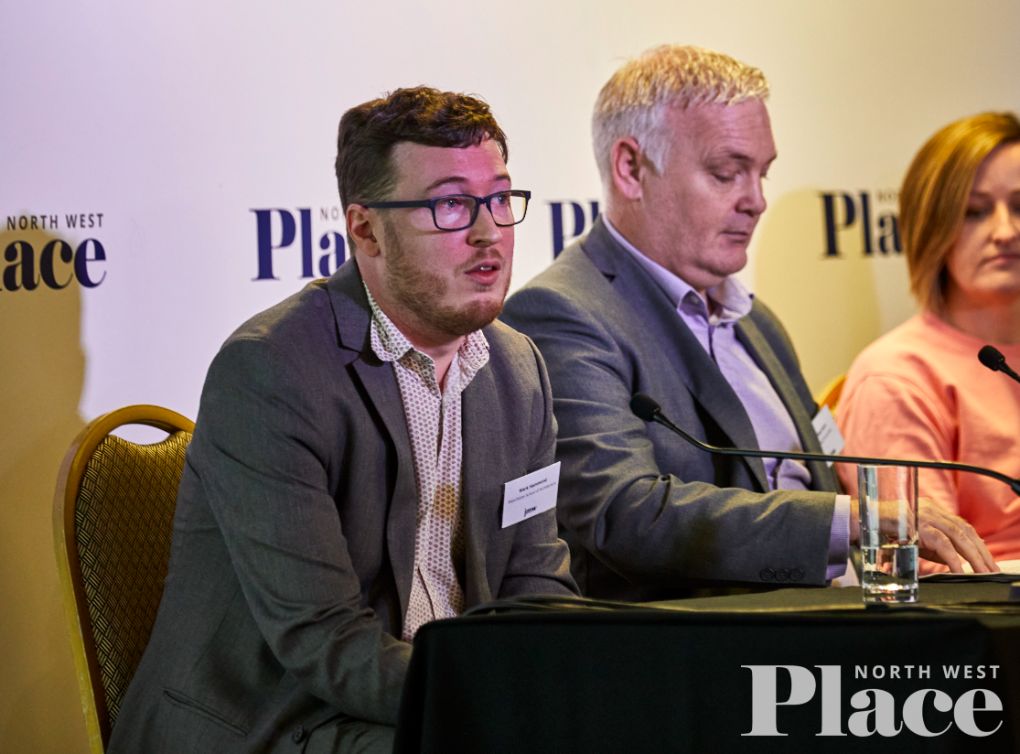
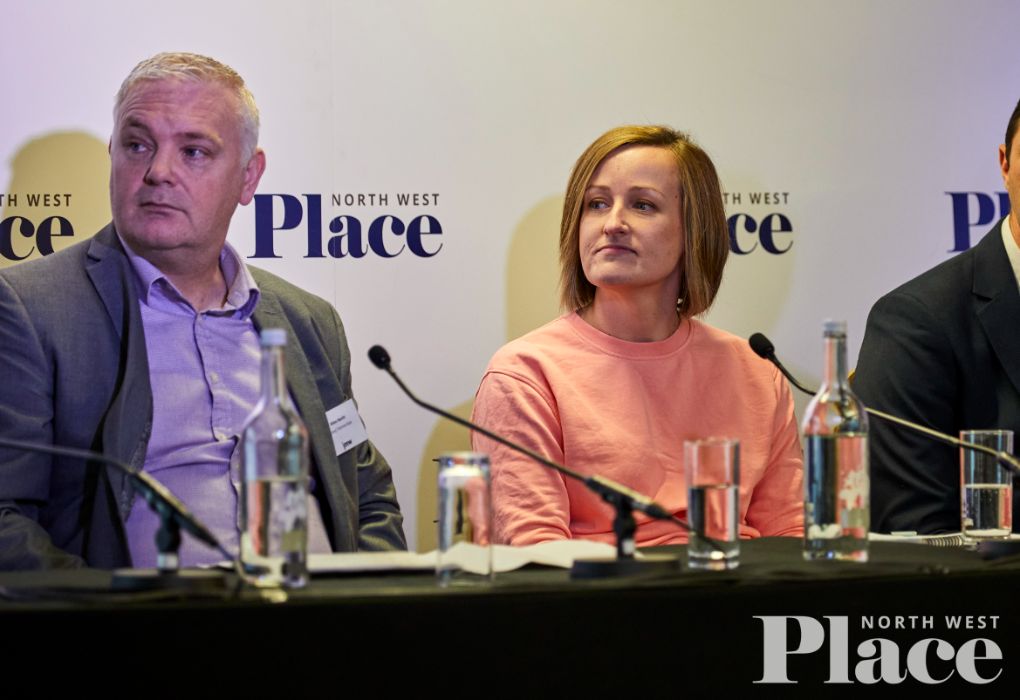
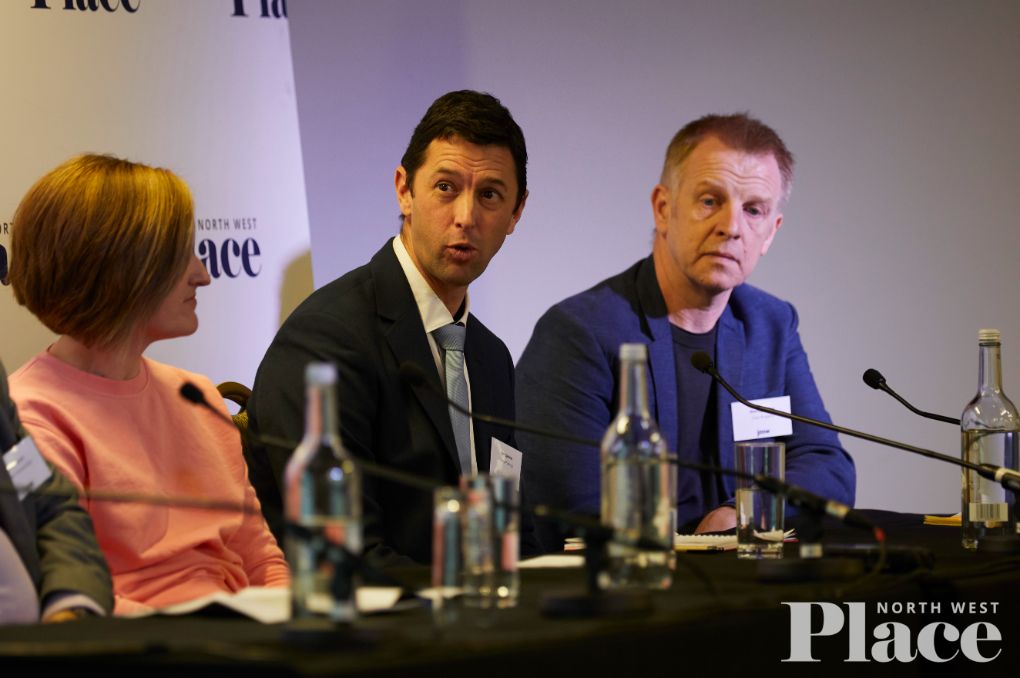
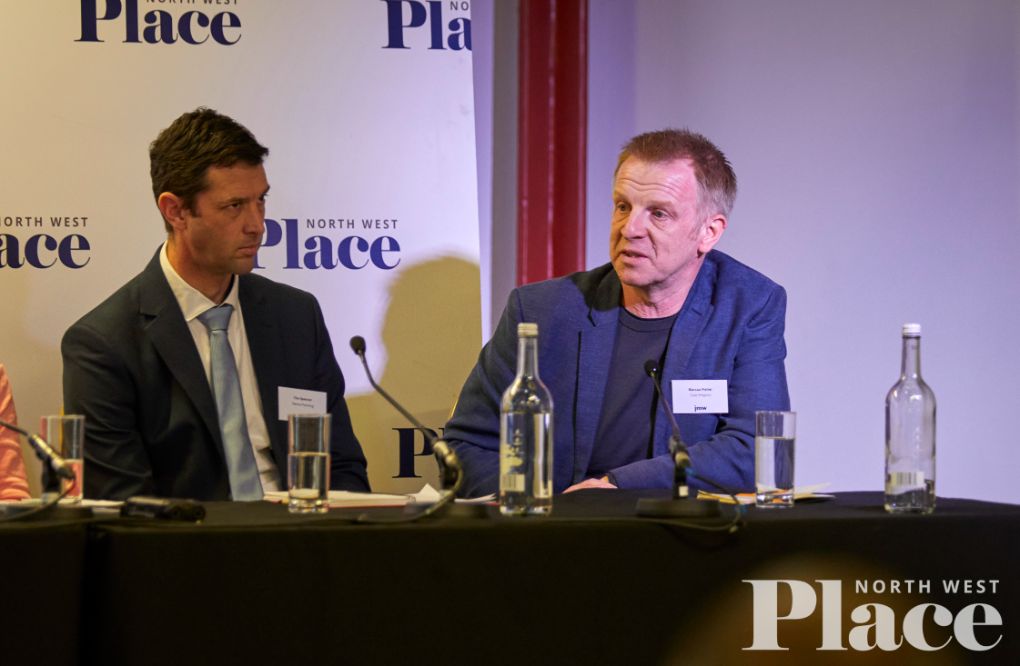

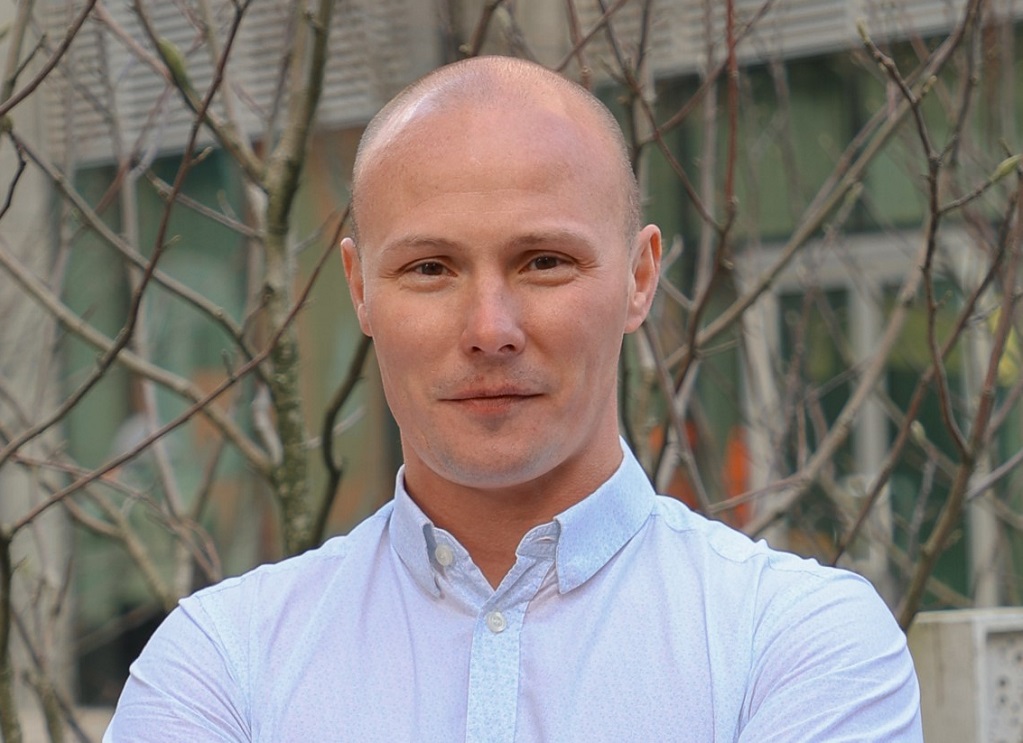

Would be good to see city centre developments with an older demographic in mind. I’d like to live in the centre in my 60s and 70s close to the cultural venues, restaurants etc.
By harpisord